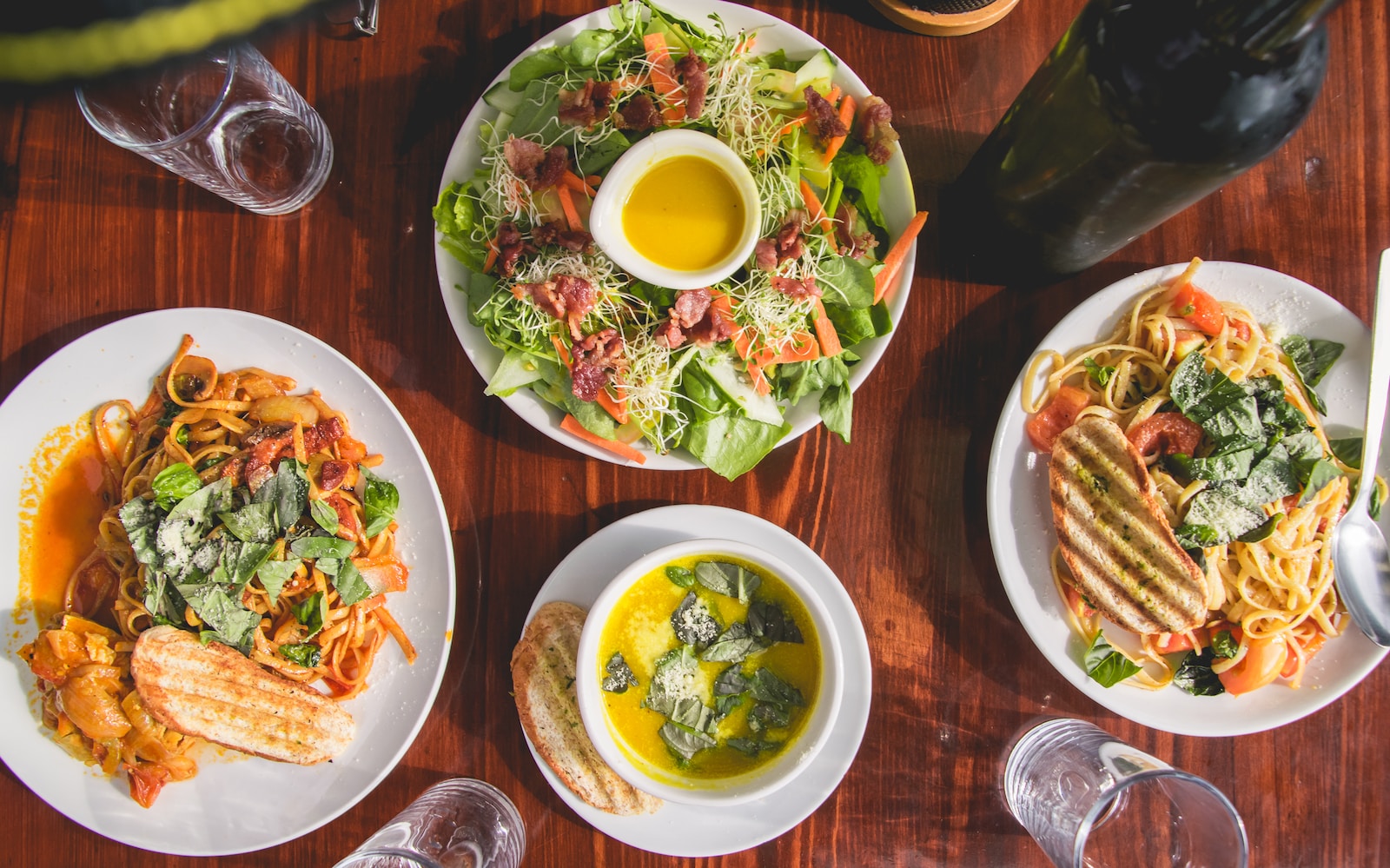Introduction
Imagine sitting down to a feast, rich in flavor, culture, and tradition. Picture a spread that tells a story not just of a location, but also of its people, their history, and their unique way of life. This is the power of cuisine, a distinctive feature of every culture that expresses their identity more vividly than any language ever could. This article will take you on a gustatory tour around the world, ranking the best cuisines based on an array of factors.
Cuisine is a meaningful, yet delicious, representation of the diverse cultures around the globe. A simple dish can encapsulate the essence of a place, its people, and its history. Through centuries, food has been a universal language that brings people together, transcending boundaries and creating connections. This article aims to celebrate this diversity by exploring and ranking the world’s top cuisines.
But what makes a cuisine “the best?” Is it the complexity of flavors, the variety of dishes, or the popularity among food enthusiasts? The answer is as diverse as the cuisines themselves. Ultimately, we identify and rank the best cuisines in the world based on their distinct flavors, variety, popularity, and their cultural significance.
- Flavors: A cuisine’s unique blend of spices, herbs, and ingredients create its distinctive taste. This factor is a major determinant in the ranking process.
- Variety: The versatility of dishes within a cuisine, from appetizers to desserts, showcases the culinary diversity of a culture.
- Popularity: This relates to the global appeal of a cuisine. How well-known are its dishes? How often are they cooked and consumed outside their country of origin?
- Cultural significance: This highlights the impact of a cuisine on its community’s traditions, festivals, and lifestyle.
By using these criteria, we aim to provide not just an appetizing list, but also an insightful reflection on the vibrant food cultures around the world. Expect a journey that will take you from the heat of Mexican chili to the warm, comforting bowls of Japanese ramen, from the exotic spices of Indian curries to the fresh, hearty flavors of Italian pasta. Each cuisine, with its distinct taste and tradition, holds a special place in the world’s gastronomical map.
To truly understand a culture, one must taste its cuisine. It’s an adventure that teases your palate, warms your heart, and feeds your soul. We invite you to join us on this culinary journey, to explore and appreciate the richness and diversity of the world’s top cuisines. We hope this exploration encourages you to step out of your comfort zone, to try new flavors, and to discover the wonderful world of foods out there.
Cultural Influences on Cuisine
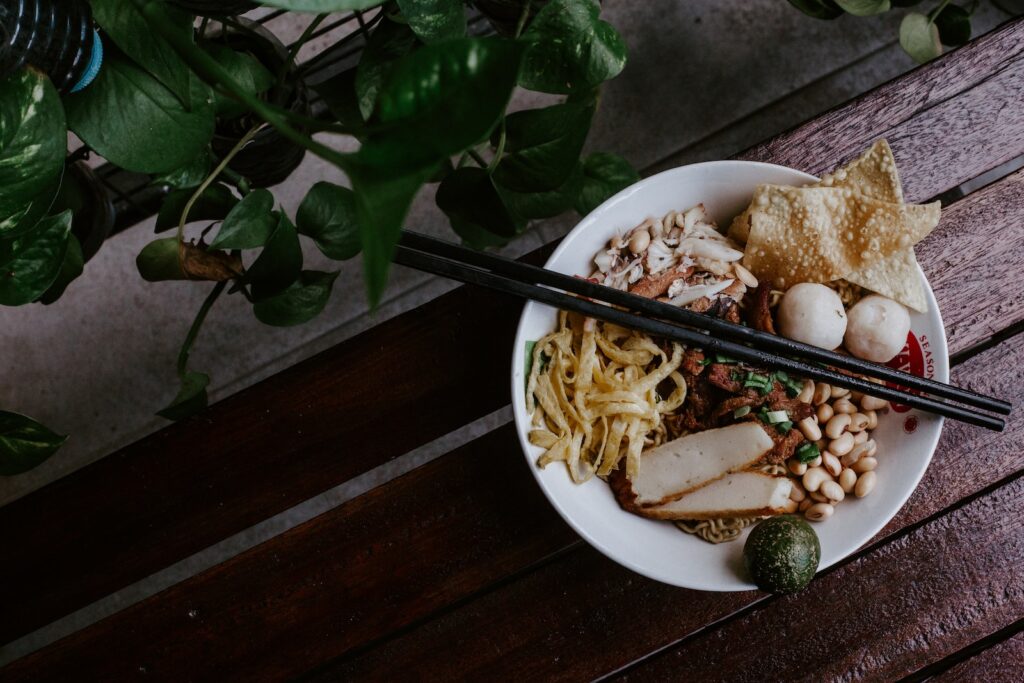
The very fiber of our existence, our culture, and heritage are deeply entwined with the food we eat. Cuisine, much like a storybook, narrates the tales of a region’s geography, history, and migration patterns. These key elements have been the silent architects, molding and shaping the culinary landscape of various societies across the globe.
Let’s embark on a journey to explore how these factors have influenced some of the world’s most iconic cuisines.
Geographical Influence on Cuisines Picture this: sun-kissed tomatoes growing ripe in Mediterranean soil, succulent seafood freshly caught from the cold waters of the North Atlantic, or aromatic spices cultivated in the fertile lands of India.
Each of these scenarios represent how geography directly influences the ingredients available for cooking, ultimately shaping the local cuisine. The land’s bounty dictates the palate of the region, making each cuisine a unique testament to its geography.
The Role of History in Shaping Cuisines History, a grand tapestry woven through time, has been a significant player in the culinary world. Historical events such as trade, wars, and colonialism have left indelible marks on cuisines.
For instance, the spice trade between India, Europe, and the Middle East led to a global culinary revolution, introducing new flavors and techniques to various cultures. Similarly, the colonial era saw the fusion of indigenous and foreign cuisines, creating unique dishes that are celebrated even today.
Migration and its Impact on Cuisine Migration, whether voluntary or forced, has been another significant influence on the evolution of cuisines. As people moved, they brought with them their culinary traditions, ingredients, and cooking techniques, merging them with the local fare. Think of the impact Italian immigrants had on American cuisine, introducing pizza that has since become a fast-food staple worldwide.
Local Ingredients and Techniques: Building Blocks of Unique Dishes Each cuisine boasts of its unique array of local ingredients and traditional cooking techniques. Take, for example, Japanese cuisine’s emphasis on fresh, seasonal produce and its precise, methodical preparation methods, or the Mexican cuisine’s use of bold, fiery chillies and corn in a myriad of its dishes.
These elements result in dishes that are a true reflection of their place of origin, resonating with the essence of their homeland. To conclude, famous cuisines like Italian, Chinese, French, Indian, and many more are not just about what’s on the plate. They are a celebration of their respective culture, history, and geography, serving as a delicious gateway to understanding their heritage.
Top Cuisines in the World
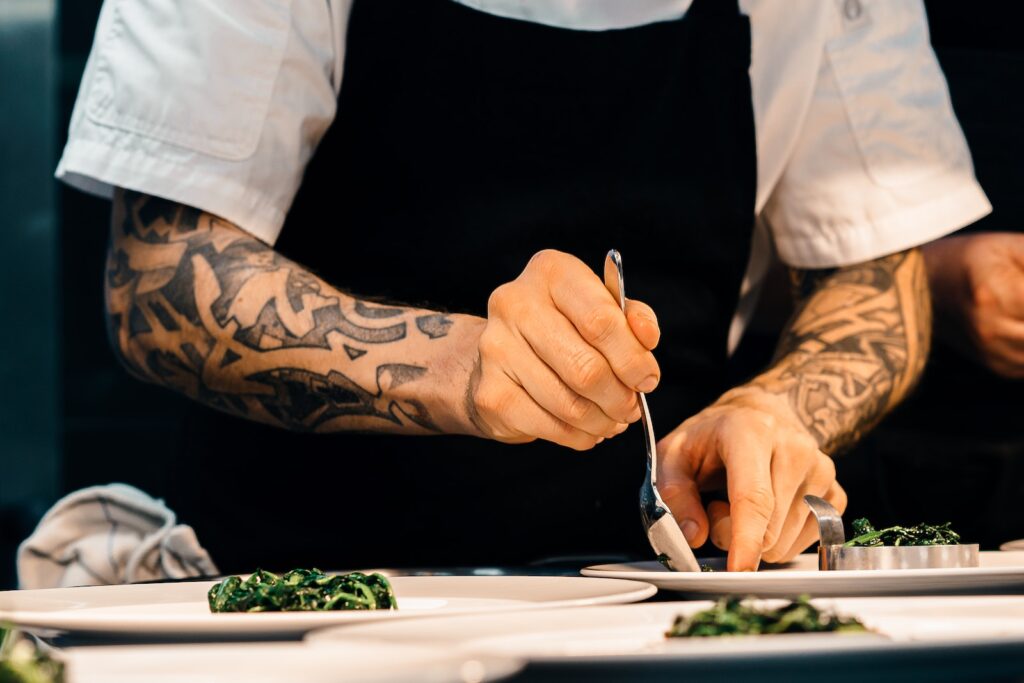
Embarking on a global gastronomic tour, we’ll delve into some of the top cuisines celebrated worldwide. Our selection doesn’t merely rest upon personal preference; instead, it’s based on several key factors such as unique flavors, variety, and global popularity.
It’s important to note that food, often termed as a universal language, offers insight into a country’s history, tradition, and lifestyle. Despite the world being a global village, local cuisines retain their distinct identities, tantalizing the taste buds in their unique ways.
- Italian: Italian cuisine is arguably one of the most popular globally, and it’s more than just pizza and pasta. The Italian tradition lies in the simplicity of dishes, where fresh, high-quality ingredients take center stage. Be it the creamy risottos, the cheese-laden lasagna or the decadent tiramisu, each dish is a testament to the country’s love for food.
- Mexican: Mexican cuisine is a delightful fusion of flavors and textures. Known for its spicy and tangy dishes, it offers a wide variety of tastes and textures. From the staple tacos and enchiladas to the comfort food of tamale, Mexican cuisine is a vibrant mix of indigenous Mesoamerican and European influences.
- Chinese: Chinese cuisine is ancient, diverse, and full of tradition. The extensive use of sauces, varied cooking methods, including stir-frying and steaming, and a wide array of ingredients, make Chinese dishes rich in flavor and texture. From Peking duck to dim sum, the variety is endless.
- Indian: Indian cuisine is known for its bold flavors and extensive use of spices. The cuisine varies drastically from one region to another, reflecting the country’s diversity. Be it the spicy curries of the north or the tangy flavors of the south, Indian cuisine is a roller coaster of flavors.
- French: French cuisine is often seen as the epitome of fine dining. Known for its rich and delicate flavors, French cuisine is all about quality over quantity. From the buttery croissants to the luxurious caviar, French cuisine is indeed a culinary treat.
In the following segments, we’re going to dive deeper into each cuisine, looking at the individuality of flavors, ingredients, and cooking techniques. Furthermore, we will explore how these elements contribute to the global popularity and influence of these extraordinary culinary traditions.
Ranking Criteria: Flavors and Ingredients

When it comes to evaluating the world’s greatest cuisines, the richness of flavors and ingredients undoubtedly forms the backbone of the assessment. This is as important as examining the canvas and colors a painter chooses in order to create their masterpiece. After all, what is a cuisine but a beautiful tapestry of tastes, interwoven with the threads of ingredients that define its essence?
In the realm of culinary traditions, ingredients are not merely substances. They are the characters in a story, each with its own origin, personality, and role to play. The combination of these characters, akin to a well-orchestrated play, leads to the creation of dishes that tease our taste buds and satiate our souls.
- Flavors: The unique blend of flavors is what distinguishes one cuisine from the other. A hearty Italian lasagna with its signature combination of tomato, cheese, and meat delivers a completely different gustatory experience from a spicy Thai green curry, dancing with coconut milk, chili, and lemongrass. These flavor profiles, deeply embedded in the cultural fabric, give each cuisine its distinctive identity.
- Ingredients: The choice of ingredients is largely influenced by a region’s geography, climate, and history. For instance, Japanese cuisine incorporates seaweed, rice, and fresh seafood – a testament to the island-nation’s abundant coastline and fertile lands. Similarly, Indian cuisine’s liberal use of spices such as turmeric, cumin, and coriander are reflective of the country’s ancient spice trading history. The ingredients used in a cuisine are, therefore, both a reflection and celebration of its heritage.
Let’s take a closer look at how flavors and ingredients characterize some of the world’s top cuisines:
- French Cuisine: Known for its delicate balance of flavors, French cuisine boasts of ingredients like butter, cheese, and wine, often used to create rich, luxurious dishes such as Coq au Vin and Ratatouille.
- Mexican Cuisine: Mexican food is a fiesta of flavors with a heavy emphasis on ingredients like corn, beans, and chili peppers. Dishes like Tacos and Enchiladas are well-loved for their vibrant taste and texture.
- Italian Cuisine: Italian food mastery lies in its simplicity and the high-quality local ingredients used. Tomatoes, olives, and pasta form the heart of many dishes, including the world-favorite Pizza and Pasta.
In conclusion, both flavors and ingredients are integral to defining a cuisine’s character. They shape a culinary tradition’s soul, making it a delectable reflection of its people’s history, culture, and creativity.
Ranking Criteria: Variety and Versatility
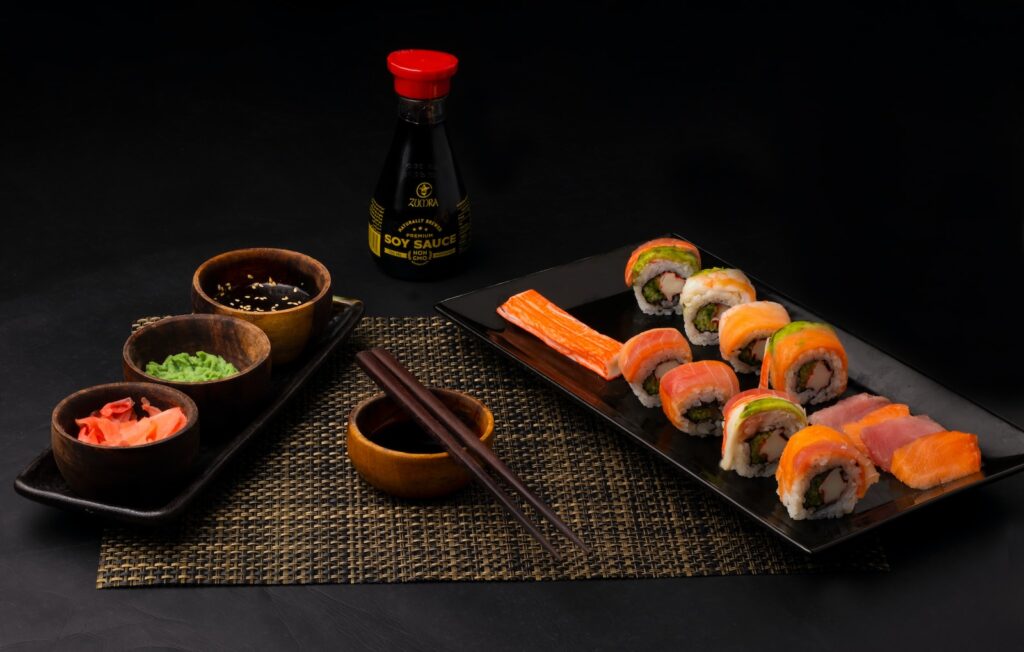
When it comes to determining the best cuisines in the world, variety and versatility play a crucial role. One might say, a cuisine that offers a diverse range of dishes is like a tapestry – the more threads and colors, the more vibrant and appealing it becomes. Just as a great artist uses a variety of techniques and colors, a great cuisine uses a plethora of cooking methods and ingredients.
The importance of variety in a cuisine can’t be overstated. A cuisine that offers a multitude of dishes caters to multiple taste buds and dietary preferences. It’s like a buffet where there’s something for everyone – from the spice-chasers to the sweet-toothed, from the vegetarians to the meat-lovers.
However, variety is not just about a wide array of dishes. It also pertains to the diverse methods of preparation and cooking techniques seen within a cuisine. Just as a skilled craftsman can turn a piece of wood into a number of different creations, a versatile cuisine can transform a simple ingredient into an array of dishes.
- Japanese Cuisine: For example, consider the Japanese cuisine with its use of rice. From sushi rolls to rice balls (onigiri), from sake to mochi, the same ingredient – rice – is transformed into a variety of dishes and beverages using different techniques.
- Italian Cuisine: Likewise, Italian cuisine showcases versatility through its use of tomatoes. Whether it’s a tangy marinara sauce, a fresh bruschetta topping, or a savory sun-dried tomato pesto, Italian chefs have mastered the art of using this fruit in a myriad of ways.
- Indian Cuisine: Indian cuisine, on the other hand, demonstrates variety through its extensive use of spices. From a spicy tikka masala to a sweet and tangy tamarind chutney, the same spices can be combined in different ways to create diverse flavors.
From these examples, it’s clear that variety and versatility provide a depth of experience that can’t be overlooked while ranking cuisines. They ensure that a cuisine stays interesting and doesn’t become monotonous. Furthermore, a versatile cuisine is adaptable, able to incorporate new ingredients and techniques over time, ensuring its longevity and relevance in the ever-evolving culinary world.
So, as we continue our culinary world tour, remember that we are looking for depth and diversity, versatility and variety. We are looking for cuisines that offer a gastronomic journey as varied and versatile as life itself.
Ranking Criteria: Popularity and Influence

Just as the perfect recipe requires a specific blend of ingredients, so too does the ranking of the world’s top cuisines call for a careful consideration of numerous factors. One such factor, and perhaps one of the most significant, is the popularity and influence of a cuisine, not only within its country of origin, but also on a global scale.
When we think of popularity, it’s not just about the number of people indulging in a specific cuisine, but also the extent of its reach. A cuisine’s popularity can expand far beyond its borders thanks to factors such as tourism, immigration and global media.
A country’s cuisine can make a powerful impression on visiting tourists, who then carry a taste for those dishes back to their home countries. Likewise, immigrant communities often open restaurants in their new homes, introducing their native cuisine to an entirely new audience.
- Tourism: Tourists often travel not only for sights and sounds, but also for tastes. Food tourism is a burgeoning industry, with travel companies offering specialized culinary tours. A tourist’s encounter with a new cuisine can help propel that cuisine’s popularity, as they become ambassadors of sorts, sharing their culinary discoveries with friends and family back home.
- Immigration: Immigrant communities have a significant influence on the food landscape of their adopted homeland. Through opening restaurants and food businesses, they introduce locals to their traditional dishes, thereby increasing the popularity of their native cuisine.
- Media: In this era of social media and food-focused television, a cuisine can gain worldwide recognition overnight. A single post or a TV show can familiarize millions of people with a previously unknown cuisine, swiftly boosting its popularity.
In addition, the influence of a cuisine speaks volumes about its significance. When dishes, ingredients, or cooking techniques from one cuisine start to make their way into others, it’s clear that the cuisine has a major influence. This blending of cuisines, often referred to as “fusion”, is a testament to the global appeal and adaptability of certain culinary traditions.
Take, for example, the influence of Italian cuisine. Pizza, a dish that originated from Italy, has been embraced and modified by countries all over the world, giving rise to variations like New York-style pizza, Chicago deep dish, and even Japanese okonomiyaki, often referred to as ‘Japanese pizza’.
In conclusion, the popularity and influence of a cuisine are key indicators of its global standing. They reveal not only how much a cuisine is loved, but also how far its flavors, ingredients, and techniques have traveled, permeating and enriching culinary landscapes globally.
The Top 3 Cuisines in the World
As we set out on this gastronomic journey, it’s essential to understand that identifying the top three cuisines in the world isn’t simply contingent on personal palates. It’s a medley of factors such as flavors, variety, and popularity. Armed with this knowledge, let’s unveil the crème de la crème of global culinary traditions.
- Italian Cuisine:
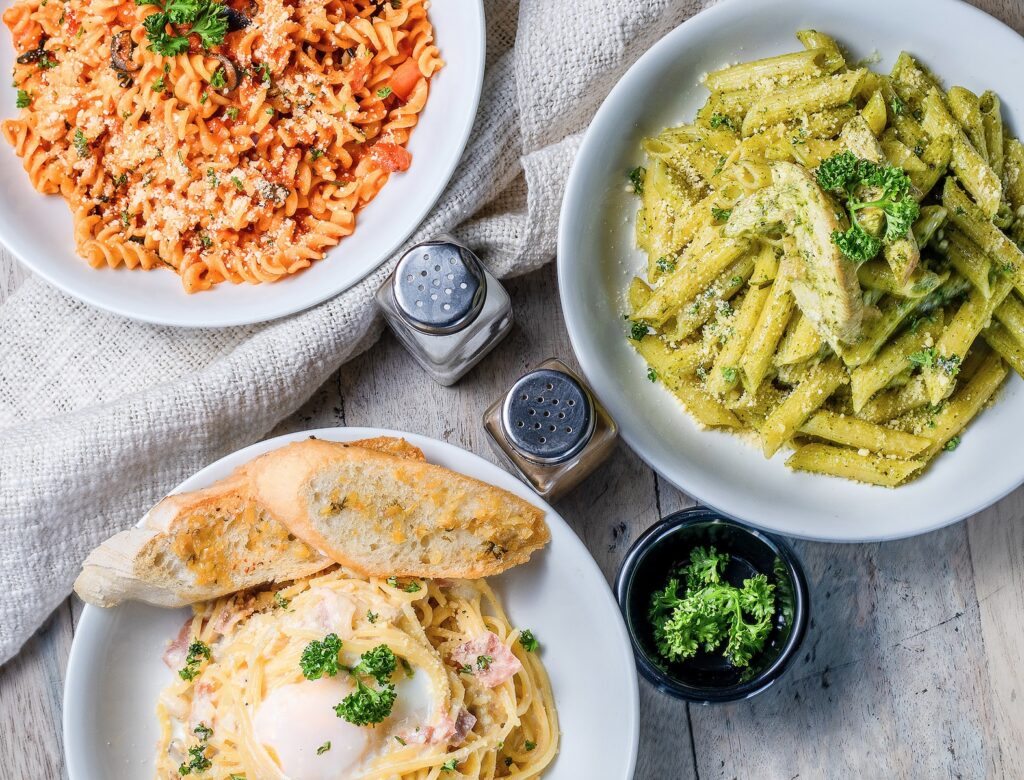
Arguably the king of all cuisines, Italian food takes the first spot. The global love affair with Italian cuisine is rooted in its simplicity, diversity, and quality ingredients. From the hearty lasagnas of the north to the sun-drenched flavors of the south, it offers a kaleidoscope of flavors. A plate of pasta al pomodoro or a traditional margherita pizza, though simple in its elements, is a testament to the Italian philosophy that the ingredient is king.
- Chinese Cuisine:
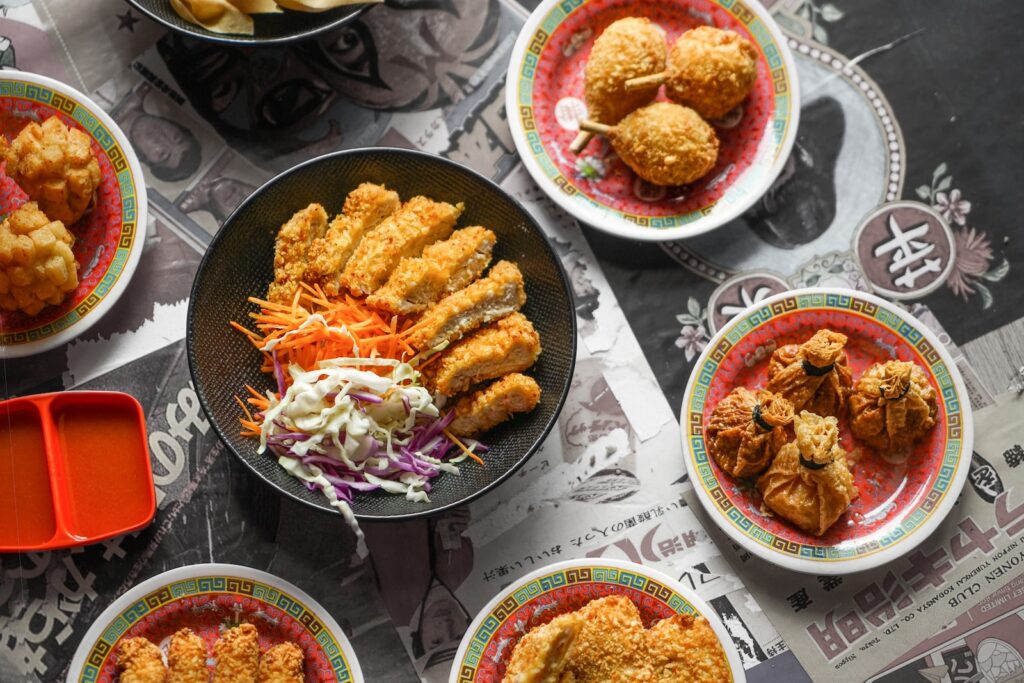
Chinese cuisine, steeped in thousands of years of history, takes the second spot in our ranking. It’s a cuisine that’s as diverse as the country itself. Whether it’s the fiery flavors of Sichuan, the delicate dim sum of Cantonese cuisine, or the hearty dishes of the north, Chinese cuisine offers a wealth of flavors and textures. Take, for instance, the world-renowned Peking Duck. Its crispy skin and succulent meat, paired with pancakes and plum sauce, epitomize the balance of flavors and textures that is quintessential of Chinese cooking.
- Indian Cuisine:
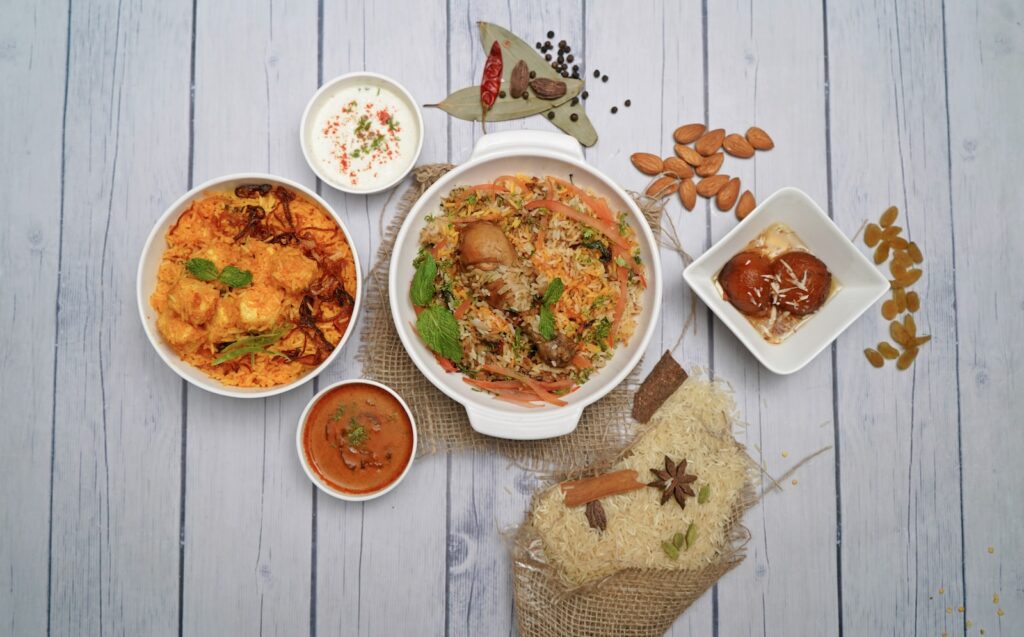
Capturing the third spot is the vibrant and diverse Indian cuisine. Traditionally known for its robust flavors and liberal spicing, Indian cuisine is a sensory experience. Each region in India has its unique cuisine, from the piquant curries of the south to the rich, butter-infused gravies of the north. Consider the biryani, a fragrant rice dish bursting with flavors of spices, meat, and herbs. It’s a dish that beautifully encapsulates how Indian cuisine is more than just heat; it’s about the harmony of flavors.
To distill the essence of these culinary traditions into a single dish or a handful of ingredients would be an oversimplification. Each of these cuisines has evolved over centuries, influenced by historical occurrences, cultural exchanges, and local produce.
What truly sets them apart is their commitment to preserving their culinary heritage while adapting to the changing tastes of the global palate. So, whether it’s sinking your teeth into a slice of Neapolitan pizza, relishing a forkful of Sichuan hotpot, or spooning up a spicy Rogan Josh, here’s to the continuing saga of this world’s best cuisine exploration!
Conclusion
Casting an eye over the rich tapestry of global cuisine, we have ventured through a culinary world tour that is as diverse as it is delicious. We have explored everything from the heat of Mexican chilies to the delicate balance of Japanese sushi, and from the aromatic spices of Indian curries to the hearty comfort of Italian pasta.
Each cuisine, steeped in its own unique culture and traditions, has shown us the importance of food not just as a basic need, but as a reflection of a nation’s history, geography, and soul.
Our gastronomical journey took into account several factors, allowing us to highlight the top three cuisines in the world. These weren’t chosen only because they are universally loved and widely influential.
They have earned their places based on the robust range of flavors they offer, the variety and versatility of their dishes, and the unique ingredients they employ. These cuisines are a testament to the magic that happens when traditional cooking methods meet local produce and time-tested techniques.
The third place was awarded to Indian cuisine, a rich and diverse culinary tradition that boasts an impressive array of spices, flavors, and textures. With each region offering a different specialty, Indian cuisine tantalizes the taste buds with its variety and versatility. Whether it’s the fiery vindaloo of Goa or the creamy butter chicken of Punjab, Indian dishes offer a gastronomic adventure like no other.
Coming in second was the Italian cuisine, a testament to the art of simplicity. It’s in Italy where fresh, local ingredients meet centuries-old techniques to create dishes that are both comforting and sophisticated. Whether it’s the perfectly al dente pasta, the mouthwatering Neapolitan pizza, or the creamy gelato, Italian cuisine is a love letter to food in its purest form.
Finally, achieving the top spot was the French cuisine. Known for its finesse and flavor, French cuisine has influenced the culinary world like no other. It’s more than just the escargot or the bouillabaisse; it’s about the respect for ingredients, the mastery of technique, and the art of presentation. French cuisine, in its elegance and complexity, exemplifies gastronomy at its finest.
In the end, what this culinary journey has shown us is not just the best that the world has to offer, but the endless possibilities that exist when it comes to food. Whether it’s the spicy, the savory, or the sweet, there’s a world of flavors waiting to be explored.
So, why not take your palate on a global adventure? After all, the joy of food is not just in the eating, but in the discovering. Here’s to a world of tastes, textures, and tantalizing culinary treasures.

